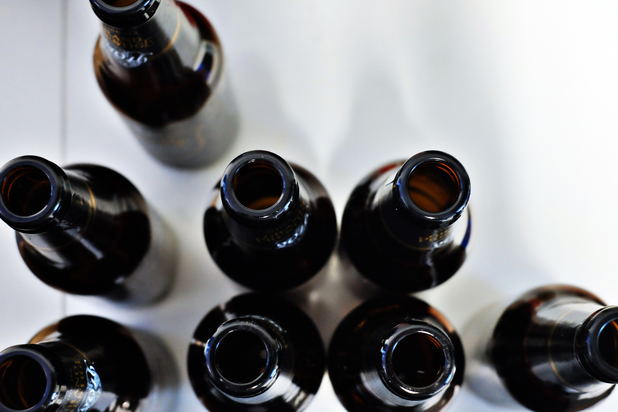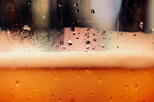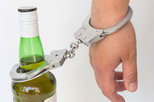Alcohol abuse is one of the most common forms of substance addiction in the United States. Data reveals that over 25 percent of adults had at least one heavy drinking day (five or more drinks for men and four or more drinks for women) in the past year.[1]
Everyone is aware of the harmful consequences excessive drinking can cause. Abusing alcohol inhibits a person’s ability to spend time on their family, friends and career and leads to destructive behavior. However, abuse is more complicated than simply drinking too much.
Now, research has uncovered that there may be five separate types of problem drinkers.
And each one may be more common at different stages of life.[2]
Alcohol Use Disorder
A person is considered to have an alcohol use disorder (AUD) if they experience two or more designated indicators.[3] These indicators range from “drinking more or longer than intended” to “experiencing withdrawal symptoms when sober.”
AUD refers to situations where there is a problem in: controlling drinking, being preoccupied with alcohol, continuing to drink even when it causes problems, having to drink more to get the same effect, or having withdrawal symptoms when a person rapidly decreases or stops drinking.
As a result of this study, researchers discovered five distinct classes or "profiles" among people with alcohol use disorder, with each profile defined by a specific set of symptoms.[4] This groundbreaking information may be able to help in designing much needed personalized alcohol treatment programs and reducing relapse occurrence.
Disorder Types
During their investigation, the researchers were able to establish five distinct profiles within the study participants. Each type had specific attributes as follows:
- Alcohol-induced injury: People in this group reported getting into risky situations during or after drinking, which typically resulted in injury.
- Difficulty cutting back: The bodies and brains of those with serious alcohol use disorders physically crave alcohol. This group struggled with wanting to cut back on their problematic drinking, but were unable to meet this objective.
- Highly problematic, low perceived life interference: While individuals in this profile reported experiencing many symptoms, they said their drinking did not interfere with their family, friends, work or hobbies.
- Adverse effects only: Participants who fit this profile reported experiencing hangovers or withdrawal symptoms in addition to drinking too much.
- Highly problematic: People in this group reported experiencing every symptom of alcohol use disorder.
The Influence of Age
In addition to identifying the five groups, perhaps of greatest interest were the findings that certain profiles were more common at different stages of life.
For example,
- Prevalent among younger adults were the three classifications of:
- Adverse Effects Only
- Low Perceived Life Interference
- Highly Problematic
This demographic is based on excessive drinking, hangovers and other withdrawal symptoms.
- “Difficulty Cutting Back” and “Alcohol-Induced Injury” classifications are more prevalent as age increases. The adults in their late fifties to sixties experienced consistent struggles when attempting to cut back. In fact, relapse rates for substance use disorders, including alcohol ranges from 40 to 60 percent.[5]
Future Implications
As indicated by this study, the definition of a “problem drinker” isn’t cut and dry. Investigators believe that this latest data suggests that the diagnosing and treating of alcohol use disorders cannot be “one size fits all.” Instead, AUD must treat the individual’s specific symptoms and how their age relates to the primary obstacles they face.
This study advocates for personalized treatment approaches for AUD and highlights the need for carefully considering the role of age in prevention and intervention efforts.
|
If you or someone you know is seeking help from addiction, please visit our directory of treatment centers or call 800-772-8219 to speak to a treatment specialist. |
[1] https://www.cdc.gov/nchs/fastats/alcohol.htm
[2] https://academic.oup.com/alcalc/advance-article-abstract/doi/10.1093/alcalc/agy074/5142644?redirectedFrom=fulltext
[3] https://www.rethinkingdrinking.niaaa.nih.gov/How-much-is-too-much/Whats-the-harm/What-Are-Symptoms-Of-Alcohol-Use-Disorder.aspx
[4]https://academic.oup.com/alcalc/advance-article-abstract/doi/10.1093/alcalc/agy074/5142644?redirectedFrom=fulltext
[5] https://www.drugabuse.gov/publications/drugs-brains-behavior-science-addiction/treatment-recovery








